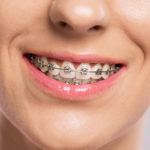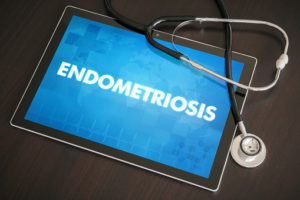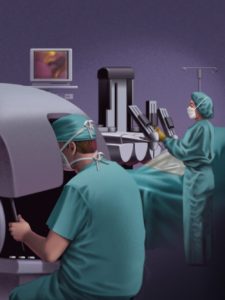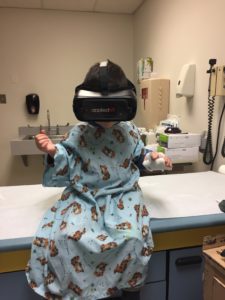Spring is finally here, and springtime means spring cleaning! If you’re looking for an alternative to store bought cleaners, check out these low-cost, non-toxic, environmentally friendly cleaning solutions for a fresh smelling home:
 Baking Soda – cleans, softens water, and scours. You can also use baking soda to deodorize food storage containers and sprinkle on your carpet to absorb smells before vacuuming.
Baking Soda – cleans, softens water, and scours. You can also use baking soda to deodorize food storage containers and sprinkle on your carpet to absorb smells before vacuuming.
.White Vinegar – cuts grease, removes mildew, odors, some stains and wax build-up. Use equal parts white vinegar and water to wash both the interior and exterior of your fridge.
.Lemons – effective against most household bacteria. Use lemon peels in your garbage disposal to help deodorize it.
You can also try these combinations:
.All-Purpose Cleaner: Mix 1/2 cup vinegar and 1/4 cup baking soda into 1/2 gallon (2 liters) water. Store and keep. Use for removal of water deposit stains on shower stall panels, bathroom chrome fixtures, windows, and bathroom mirrors.
.Mold and Mildew cleaner: Use white vinegar or lemon juice full strength. Apply with a sponge or scrubby.
.Window Cleaner: Mix 2 teaspoons of white vinegar with 1 liter warm water. Use crumpled newspaper or cotton cloth to clean. Only use the black and white newspapers, not the colored ones. Don’t clean windows if the sun is on them, or if they are warm, or streaks will show on drying.
.Furniture Polish: For varnished wood, add a few drops of lemon oil into a 1/2 cup warm water. Mix well and spray onto a soft, slightly damp, cotton cloth. Wipe furniture with the cloth, and finish by wiping once more using a dry soft cotton cloth.
One more tip: Whenever you clean your home, save the floor or carpet for last. Clean window blinds and shelves first and then work downwards. This allows time for the dust to settle before vacuuming.
All content of this newsletter is intended for general information purposes only and is not intended or implied to be a substitute for professional medical advice, diagnosis or treatment. Please consult a medical professional before adopting any of the suggestions on this page. You must never disregard professional medical advice or delay seeking medical treatment based upon any content of this newsletter. PROMPTLY CONSULT YOUR PHYSICIAN OR CALL 911 IF YOU BELIEVE YOU HAVE A MEDICAL EMERGENCY.






